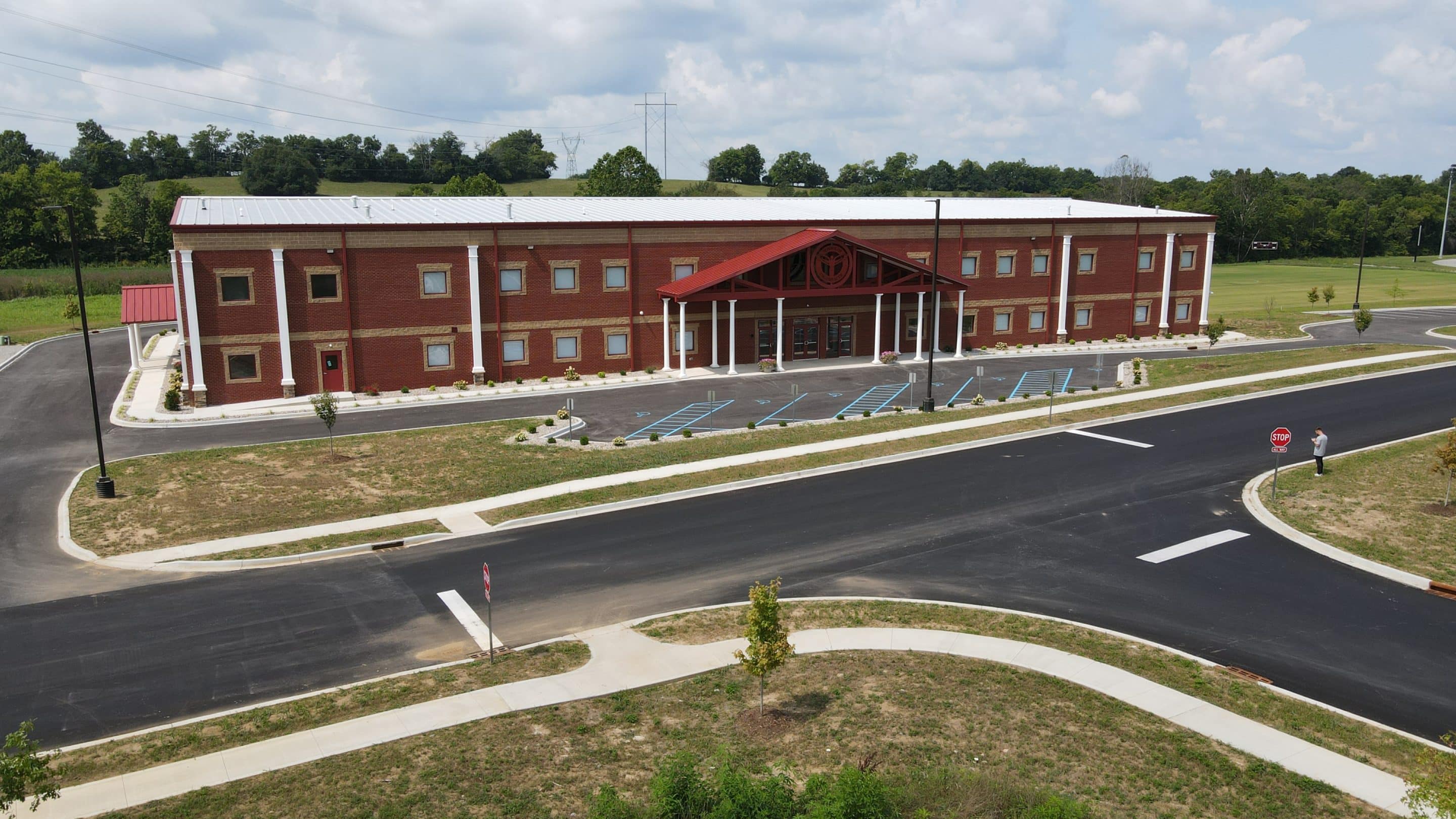According to the National Science Foundation, evidence suggests horses may have been ridden by humans as long as 5,500 years ago. However, many people don’t realize that a horse’s back is not designed to carry a load. When a horse carries a rider or a load, it must use its muscles and balance in unnatural ways. While horses are highly adaptive animals, pain, injuries and reduced performance can often occur. Enter the equine chiropractor.
What Does an Equine Chiropractor Do?
An equine chiropractor (often called a horse chiropractor) practices spinal manipulation or other manual therapy on horses, similar to chiropractic treatments provided to humans. Equine chiropractors typically work in tandem with veterinarians to provide a holistic approach to equine health. Some equine chiropractic practitioners are also veterinarians. Equine chiropractic complements traditional veterinary medicine and offers a path to heal certain ailments and musculoskeletal irregularities without the use of drugs or chemicals.
While traditional veterinary medicine focuses primarily on diagnosing and treating illnesses, diseases and acute injuries, equine chiropractors focus on restoring balance to the horse’s body and assisting the body to heal naturally. Goals, treatments and desired outcomes in equine chiropractic are similar to those for humans. The patient is just a bit larger.
Equine chiropractors are extremely effective in treating horses who exhibit health problems such as:
- Difficulty bending or flexing
- Obvious back or neck pain
- Signs of resistance, such as bucking, rearing and tail swishing
- Uneven gaits
- Stiffness
- Many other physical difficulties or changes in behavior
Equine chiropractic therapies involve using manual force on various points on the horse’s body to bring the underlying structures back into normal alignment. Ideally, this will restore the area of focus to normal function and range of motion.
Some equine chiropractors may enhance their treatment with other therapies, such as infrared light, massage, myofascial release (relaxing contracted muscles), acupuncture or acupressure, therapeutic touch or stress-point therapy.
Complementing Veterinary Care
Traditional veterinary treatments sometimes fail to improve the health or wellness of a horse, especially when pain or physical ailments are somewhat vague. Equine chiropractic offers additional diagnoses and treatments for many equine musculoskeletal disorders. Equine chiropractors can often detect subclinical conditions (those not yet causing clinical signs) or abnormal mechanics that may progress to more significant issues.
Equine chiropractic can also be called on to treat equine health conditions that are recurring or not responding to conventional veterinary treatment. This might include treatment following recovery from a significant injury or trauma. An equine chiropractor may also be able to help enhance the health and growth of horses in training, whose muscles and skeletal systems are being tested and pushed.
Overall, the benefits of equine chiropractic are often greatest when used in conjunction with traditional veterinary care as a preventive approach to keeping a horse balanced and performing at its best. Read on if an equine career as an equine chiropractor might be right for you.
Equine Chiropractor Salary Expectations
The median salary for all chiropractors, including equine chiropractor salary rates, ranges from $75,000 to more than $150,000, based on employment circumstances. According to the U.S. Bureau of Labor Statistics, the average salary for chiropractors is nearly equal to the average salary for all healthcare practitioners. An average chiropractor salary is 79% more than the average salary for all other professions.
In addition to a healthy equine chiropractor salary, a career in equine chiropractic medicine also allows you to enjoy a better overall compensation package and benefits than workers in most other industries. Healthcare and wellness coverage, life insurance, retirement plans, paid time off, profit-sharing and bonuses all increase the compensation chiropractors enjoy.
Enjoy the Chiropractic Lifestyle
An equine chiropractic career offers you the benefits of being a doctor without having to deal with many of the challenges doctors and medical professionals in other fields experience. In addition to strong earning power, chiropractors typically enjoy a 40-hour workweek and having weekends and holidays off. A career in medicine as a chiropractor is one of the smartest career choices you can make.
Equine Chiropractic Career Outlook
According to Wikipedia, there are an estimated 9.5 million horses in the United States. Equine chiropractic is a fast-growing field offering new Doctor of Chiropractic graduates entry into an exciting and growing career area. Earning your Doctor of Chiropractic degree from Campbellsville University will prepare you to start and manage your own equine chiropractor practice, develop a partnership practice with a veterinarian or choose from a variety of career positions in equine chiropractic. You might even leverage your Doctor of Chiropractic degree to become an equine veterinarian.
A Positive Industry Outlook
Equine chiropractic graduates are in high demand, with that demand rapidly increasing. According to the U.S. Bureau of Labor Statistics (which does not yet provide a separate category for equine chiropractors), chiropractor jobs overall are projected to increase 10% between now and 2030, which is faster than the average for all occupations. For comparison, jobs for veterinarians are expected to increase 19% over the same time period.
Learn How to Thrive in Your Own Equine Chiropractic Business
Campbellsville University offers a unique mix of clinical chiropractic and chiropractic business education that will prepare you to manage and build your own practice, or lead and grow an existing organization. You’ll receive expert training in areas such as cash flow, personnel management, financial analysis, business communication and more.
How to Become an Equine Chiropractor
Step 1: Understand the field of equine chiropractic. Do your own research to learn how a career as an equine chiropractor may help you achieve your goals and enjoy a lifetime of career success. This article from theHORSE.com offers a helpful overview of the field. Equine chiropractors are certified by the American Veterinary Chiropractic Association, and its website is a good source of information on the equine chiropractic field.
Step 2: Earn a bachelor’s degree or complete 3–4 years of undergraduate studies. Your best bet is a Bachelor of Science degree backed by a science-heavy curriculum in the physical or life sciences. Courses in biology, anatomy, chemistry and physics are highly recommended. You may even find pre-veterinary courses or electives in animal biology, animal behavior or other related areas.
Step 3: Attend a chiropractic college and earn your Doctor of Chiropractic degree. Not all equine chiropractic schools are alike. Research chiropractic colleges to understand how various program offerings, real-world learning opportunities and methods of educational delivery match your needs.Step4:Obtain your national and state chiropractic licenses. First, you’ll need to prepare for and pass the National Board of Chiropractic Examiners (NBCE) exam to begin your chiropractic career. Next, you’ll need to obtain your state chiropractic license. Nearly every state requires passing a state exam in addition to the NBCE.
Put Some Giddy-Up in Your Career Path: Become an Equine Chiropractor With Campbellsville University
Campbellsville University School of Chiropractic offers you a high-quality Doctor of Chiropractic degree program to achieve your goals and prepare you for an exciting and successful future. At Campbellsville University, you’ll learn from faculty who are practicing chiropractors and experienced clinicians and educators. They’ll ensure you are prepared to pass the NBCE and state exam on your way to career success.

